Threats of a pandemic are terrifying, especially when so much misinformation is swirling around. To help separate the fiction from the truth, and to better prepare you for caring for yourself and your pet during the COVID-19 threat, read the following tips.
#1: Focus on reputable sources for information
While we enjoy a funny meme as much as you do, understand that Facebook is not a good source for accurate information. Filled with quips about quarantines, conspiracy theories, and mass hysteria, it’s best to avoid social media for the latest news. When searching for the most reputable COVID-19 information sources, stick with leading animal and human health organizations, including:
#2: Stay informed on the latest research
While two dogs in Hong Kong living with infected owners did test weakly positive for the virus, neither developed illness signs. The first dog subsequently tested negative, while the second is still being observed; however, there is good reason to believe it will also test negative without developing illness. The veterinary laboratory IDEXX has tested thousands of dogs and cats for the virus, and have had no positive results, indicating the virus is likely not circulating in the pet population. As this pandemic situation develops, and we learn more about the disease, keep up with the latest information by following the above websites, or contacting us.
#3: Learn the differences between COVID-19 and dog and cat coronaviruses
While dogs and cats can get coronaviruses—as can horses, birds, pigs, and many other species—they get different strains than COVID-19. Most coronaviruses are species-specific, although a few rare ones are zoonotic, and can be transmitted from animals to people. Canine coronaviruses can affect the gastrointestinal or respiratory tract, depending on which strain is causing infection. The enteric form causes self-limiting diarrhea, while the respiratory form can be seen with kennel cough cases. Feline coronavirus is also an enteric form that is responsible for mild diarrhea, but which can also mutate to cause feline infectious peritonitis. This disease is almost always fatal and, fortunately, occurs rarely.
#4: Understand how COVID-19 is transmitted to keep your family safe
At this point, COVID-19 appears to be a human coronavirus, despite its origins in bats. Since this strain made the leap from animal to human, only people appear to be infected, as of now. Primary transmission is through person-to-person contact, such as when an infected person coughs or sneezes, and sprays infectious respiratory droplets into your face, which you inhale or swallow. Secondary transmission can also occur through contact with contaminated objects, such as countertops, door handles, and pet fur, but this route is less common.
#5: Take comfort in the fact there is currently no evidence that pets can spread COVID-19 to other animals or people
Since the CDC and other major health agencies have determined there is no evidence that pets become ill from COVID-19, they are unlikely to serve as an infection source for people. It may be possible for a pet to carry virus particles on her fur or leash, but she cannot actively infect a person or another animal.
#6: Stock up on pet supplies
As more counties and states are implementing social distancing and quarantine protocols, stock up on your pet’s supplies, as you hit the stores for your own. In case the entire country is locked down for two to four weeks, ensure you have plenty of food, treats, litter, and waste bags for your pet. If your furry pal is on daily medication, or you need more heartworm, flea, and tick prevention, contact us for enough refills to get you through these unexpected times.
#7: Choose less-traveled routes when walking your dog
While you practice social distancing in stores or at work, implement the same strategy when walking your dog. Stick to less-populated neighborhoods, avoid the dog park and pet stores, and explore new hiking trails with fewer people, for your pooch’s daily exercise.
#8: Engage in mentally stimulating activities with your pet indoors
In a quarantine situation, you may not want to, or be unable to, spend much time outdoors with your pet. Create new indoor games to keep your furry friend entertained, and stave off boredom by teaching new tricks, brushing up on old obedience skills, building an agility course, and feeding your pet from a puzzle feeder.
#9: Practice good hygiene around your pet, especially if you are sick
While we have already mentioned that pets cannot serve as an infection source for people, they can still trap virus particles in their fur. If you are ill, ideally have someone else care for your pet but, if that is not possible, wash your hands before and after touching your pet, and avoid hugging, kissing, or snuggling your furry pal.
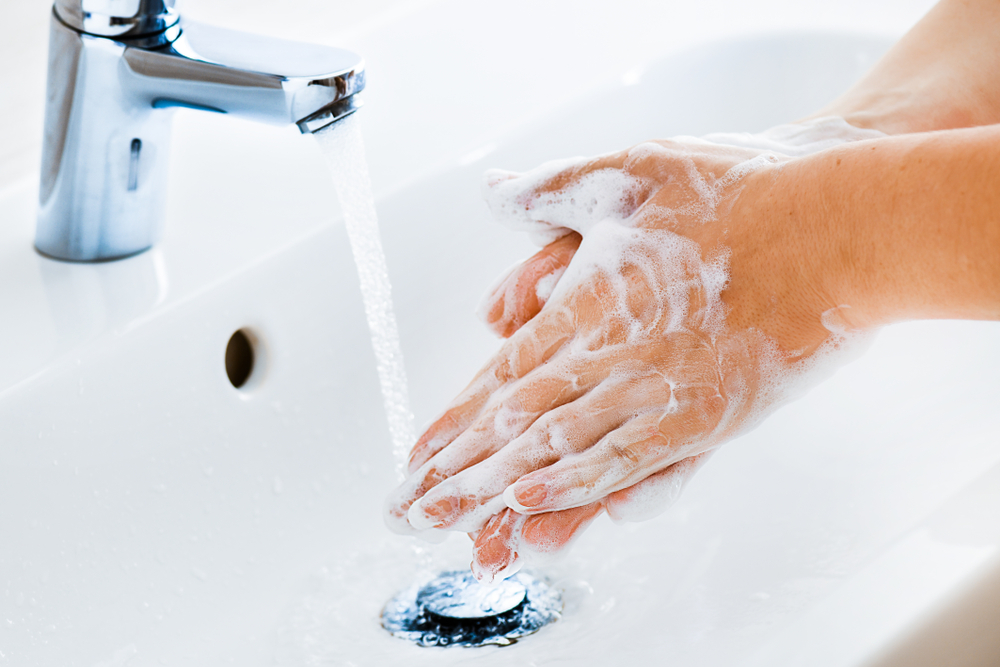
#10: Stay up to date with Twin Maples Veterinary Hospital’s latest operating policies
As the COVID-19 situation changes, we have taken steps to keep our team and our community safe. To minimize infection risk, we are limiting access to our hospital to team members only. For your pet’s appointment, we ask that you call us at 937-866-5949 from the parking lot, to let us know you have arrived. A team member will receive your dog at the front door, swapping out her leash, or ensure your cat is in a carrier. Once our veterinarian has examined your pet, you will receive a call to discuss a diagnostic and treatment plan. After your pet’s appointment, we will call again to collect payment, and release your pet at the front door. We realize this situation is not ideal, but we have made this decision to protect the health and well-being of our team, and our clients. We thank you for being understanding during these difficult times.
For more information on the most recent coronavirus updates concerning pets and people, contact us.



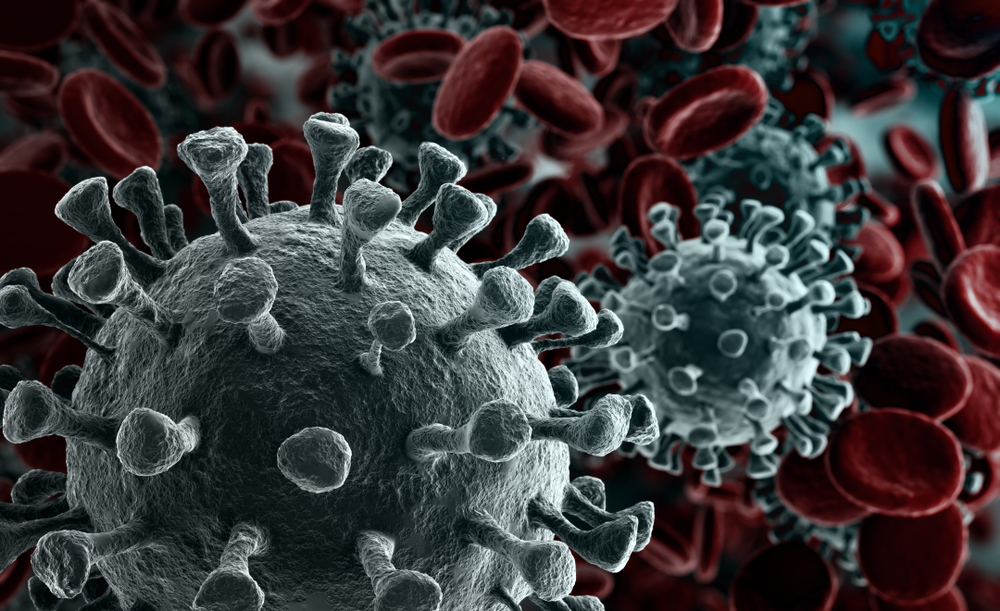
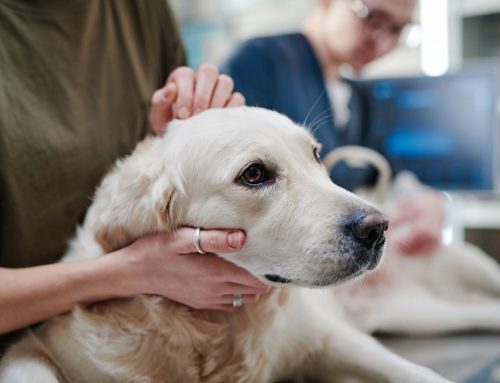
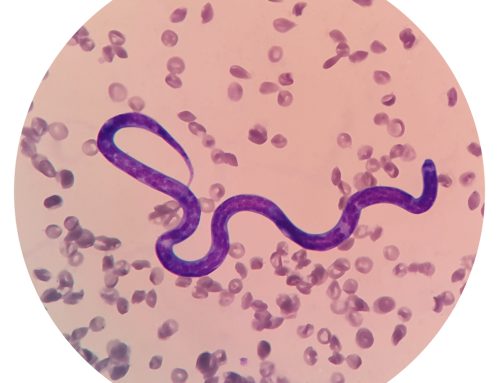
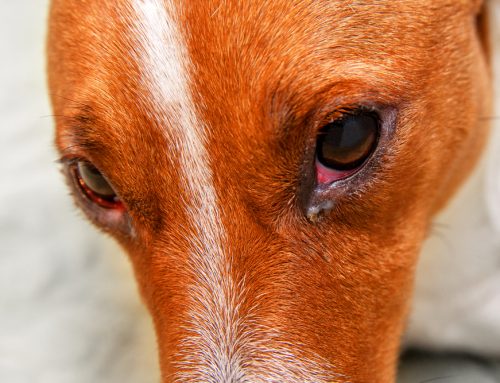
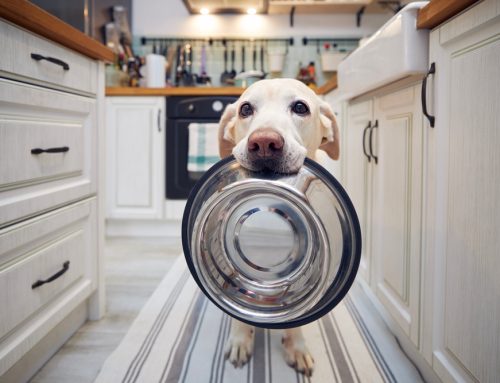

Leave A Comment